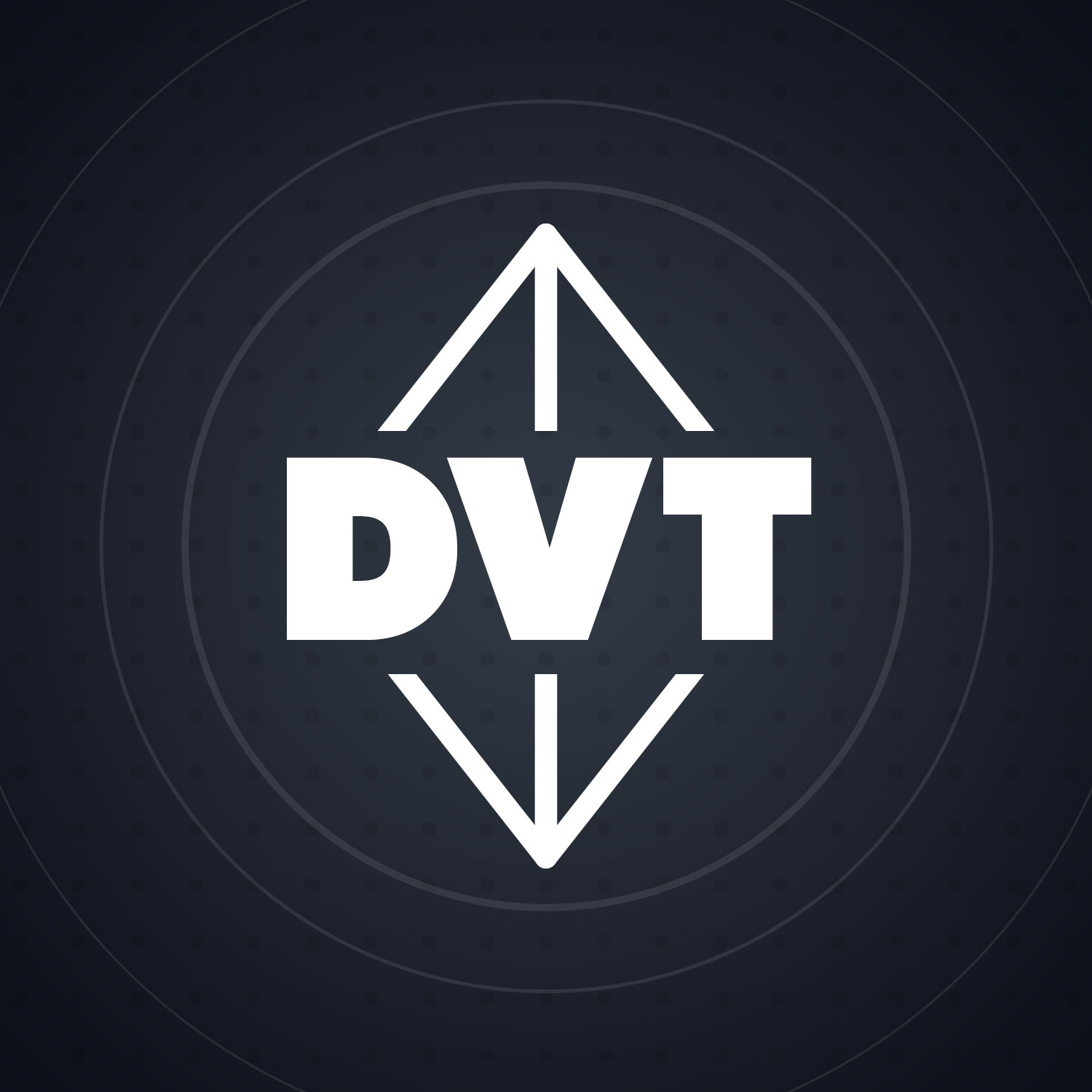Over time, Ethereum has stood out in the crypto industry as one of the most popular blockchain platforms, bringing essential innovations in the realm of smart contracts and decentralized applications (dApps).
Launched in 2015 by Vitalik Buterin and other co-founders, Ethereum has continuously evolved, with decentralization and security as its core objectives. A major shift occurred in September 2022, when Ethereum transitioned from the Proof of Work (PoW) consensus mechanism to Proof of Stake (PoS), in what became known as “The Merge”. This transition significantly reduced energy consumption and enabled new forms of participation in network validation.
What is staking in Ethereum?
Proof of Stake (PoS) relies on staking, where participants lock up ETH to become validators – entities responsible for verifying transactions and maintaining the network’s security. To run a validator node, a user must stake 32 ETH, ensuring that only serious and well-intentioned participants contribute to the network’s security and stability.
Challenges of traditional staking
While PoS is more efficient than PoW, traditional staking presents certain challenges. A validator running on a single node is vulnerable to power outages, cyberattacks, or software errors. Additionally, centralized staking through large providers like Lido increases the risk of centralization. Moreover, the compromise of a validator’s private key can result in significant financial losses.
Introducing Distributed Validator Technology (DVT)
To address these issues, Distributed Validator Technology (DVT) was introduced. This technology enables the responsibilities and key management of a validator to be distributed across multiple entities, reducing single points of failure and enhancing security.
How Does DVT Work?
To improve the security and decentralization of Ethereum validation, DVT leverages several advanced cryptographic technologies. Here’s how each of them works:
1. Shamir’s Secret Sharing (SSS)
This mechanism splits a validator’s private key into multiple fragments called shares. Each node in a validator group receives a unique share, and the full key is never stored or accessible in a single location.
Benefits:
- If a node is compromised, the attacker cannot obtain the full private key, as they only have a fragment.
- Enhances system resilience, since the key can be reconstructed from a subset of shares, even if some nodes become unavailable.
2. Threshold Signature Scheme (TSS)
TSS enables a group of nodes to sign transactions without any single node possessing the entire private key. For instance, in a 3-of-4 setup, any three of the four nodes can jointly generate a valid signature.
Benefits:
- Flexibility: The system continues to function even if some nodes are inactive.
- High security: An attacker would need to compromise a minimum number of nodes (e.g., 3 out of 4) to access the private key.
- No single point of failure: Even if one node fails, validation can continue uninterrupted.
3. Distributed Key Generation (DKG)
DKG is a cryptographic process that securely distributes private key generation among multiple participants. Unlike traditional methods where a single entity generates and holds the key, DKG allows the key to be generated collectively by a group of nodes, without any one node ever having full access.
Benefits:
- Increased security: The private key is never fully accessible to any single node, reducing the risk of theft or insider attacks.
- Fair responsibility distribution: No single entity has exclusive control over the key, helping prevent abuse.
- Attack resistance: If a node is compromised, it cannot influence the signing or validation process, since it lacks the complete key.
- Enhanced decentralization: Key generation and usage happen in a decentralized manner, contributing to a more robust and fault-tolerant system.
4. Multiparty Computation (MPC)
MPC enables a group of nodes to collaboratively perform cryptographic operations on the private key without ever reconstructing it in full. Essentially, nodes work together to sign transactions without any node ever seeing the full key.
Benefits:
- Maximum confidentiality: The private key is never exposed, not even during the signing process.
- Reduced theft risk: An attacker cannot compromise the key, as it does not exist in full anywhere.
- Lower trust requirements: Nodes can collaborate without needing to trust each other.
5. Consensus Protocol
In a DVT system, multiple nodes must work together to validate and sign transactions. No single node can act alone or compromise system security.
Benefits:
- Lower failure risk: If one node fails or is corrupted, the remaining nodes can continue validation.
- Greater decentralization: Unlike traditional validation where a single node holds the key, DVT distributes responsibility across multiple entities.
- Protection against Sybil attacks: Attackers must compromise multiple nodes simultaneously to manipulate the network, making attacks far more difficult and costly.
Advantages of DVT for Ethereum
DVT brings numerous advantages to the Ethereum ecosystem and its users, including:
- Increased security: Private keys are split, reducing the risk of compromise.
- Reduced single points of failure: Validators can continue operating even if some nodes fail.
- Improved decentralization: Multiple operators can collaborate to run a validator.
- Greater accessibility: Users with less than 32 ETH can participate in staking through collaboration.
Who is DVT for?
Distributed Validator Technology (DVT) is designed for individual validators, staking operators, and blockchain infrastructure providers, offering a safer and more efficient way to participate in Ethereum transaction validation. These solutions are essential for those who want to run a validator but wish to mitigate the risks associated with centralization, downtime, or private key compromise.
In particular, our staking-as-a-service platform benefits from DVT by enabling more efficient management of distributed validators, ensuring a more resilient, decentralized, and highly available network. For institutions and investors seeking to stake without assuming full technical responsibility, DVT solutions offer a secure and scalable model for node operation – and we’re here to facilitate that transition.
Conclusion
Distributed Validator Technology marks a significant step forward in Ethereum’s evolution, offering a balance of decentralization, security, and accessibility. As DVT adoption grows, staking and transaction validation will become safer and more democratized.

